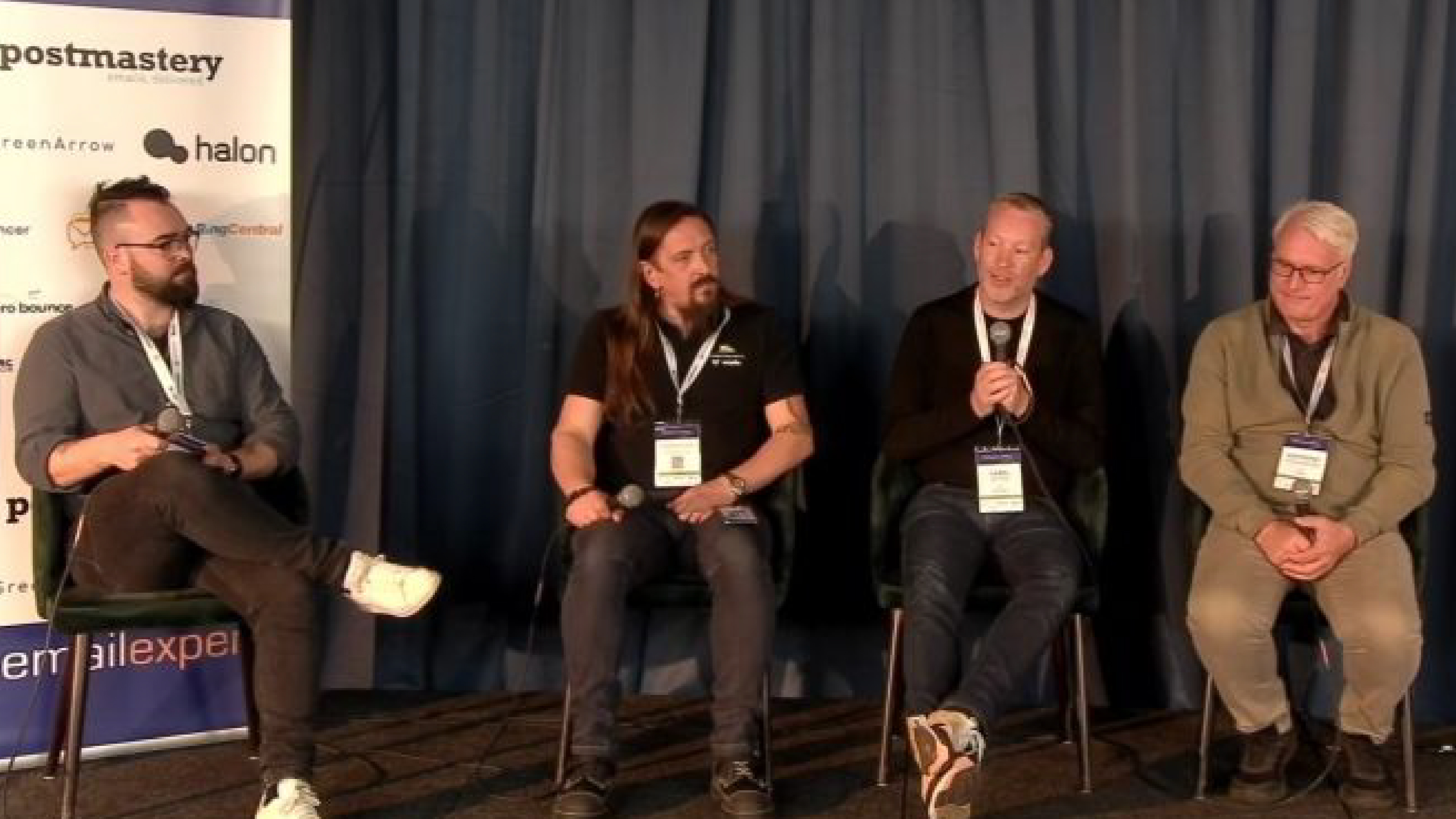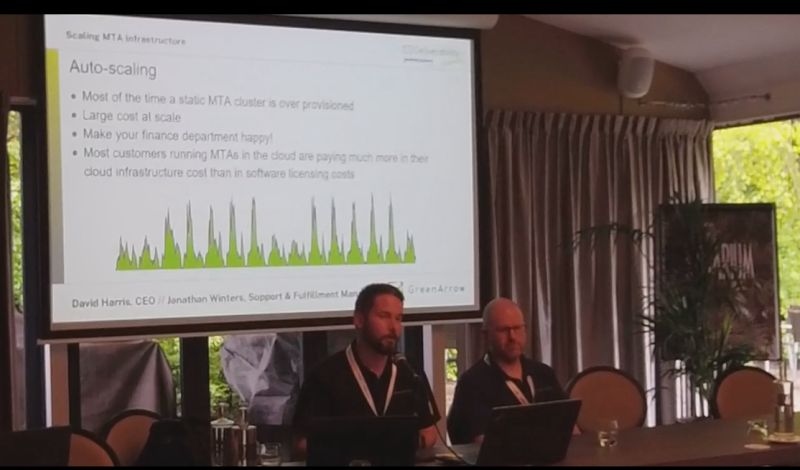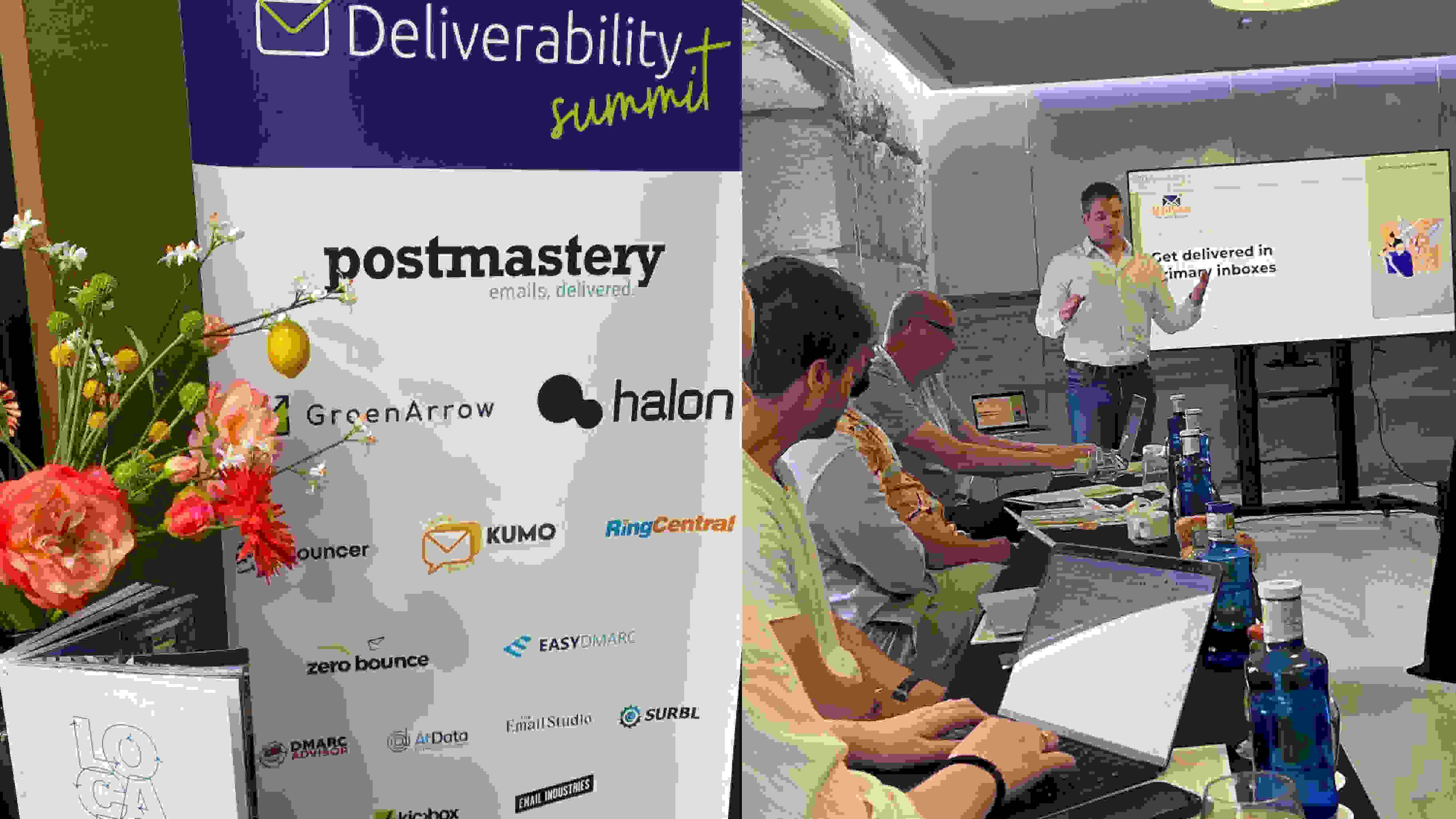Email marketing isn’t dead — but your results can be if your emails never reach the inbox. In 2025, inbox placement has become noticeably tougher. Add to that Gmail's nearly 5% drop in deliverability from 2024 to 2025, as reported by Stripo, and it's evident that even well-maintained campaigns are struggling to stay visible.
At the Deliverability Summit 2025, hundreds of email marketing leaders, ESPs, postmasters, and infrastructure experts met to share insights into what’s working now — and what’s killing deliverability. Similarly, the Global Email Marketing Summit einforced these findings with a focus on infrastructure, testing, and list quality.

Here’s a deep dive into the biggest lessons from the summit, what they mean for your business, and how tools like no2bounce can help you test email deliverability, clean your lists, and ensure your campaigns hit their target.
The New Inbox Battlefield
The hidden risks behind metrics that appear to be healthy were one of the key takeaways from Postmastery's Deliverability Summit. Industry experts caution about silent deliverability killers, while many marketers only pay attention to evident hard bounces:
- Deferrals: Brief delays in delivery that may result in emails missing important deadlines.
- Silent Drops: ISPs accepting emails but never delivering them, silently harming sender reputation.
- Spam Folder Filtering: Emails quietly sent to spam or promotional tabs, unseen by recipients.

The lesson learned? You're missing at least half the story if you're just monitoring hard bounces.
Speakers at the summit emphasized that using hard bounces alone to measure success gives marketers an inaccurate picture. Monitoring delivery delays, soft bounces, and interaction metrics is essential for a comprehensive picture.
Infrastructure readiness was another key area of focus, with experts providing guidance on how to:
◾Improve deliverability performance by optimizing Mail Transfer Agents (MTAs).
◾Establish intelligent retry rules that align with ISP policies and do not flood servers.
◾Do not treat SPF, DKIM and DMARC (still) as just technical checkboxes but as live trust signals.

Key Insights from the Summit
1. Authentication & Infrastructure Are the Foundation
Long before your email even reaches the recipient's inbox, deliverability begins. ISPs give sender infrastructure quality and domain authentication a lot of weight. Even the best content runs the risk of being filtered out if SPF, DKIM, and DMARC records are not set up correctly and are not sent from trustworthy, clean IPs. Brand Indicators for Message Identification (BIMI) to increase brand visibility in inboxes was one of the new industry initiatives highlighted at the summit. MTA-STS and TLS Reporting help to secure email in transit by holding mail sending back to a set of security standards. Utilize blocklist alerts and feedback loops to actively monitor the sending IP reputation
This trust layer — effectively another necessary cog in the ever-evolving email ecosystem of 2025 — cannot be compromised.
2. Lists Are Living Assets, Not Static Files
Even premium permission-based email lists can lose up to 22% of their validity each year due to the rapid degradation of these lists. These include spam traps, job changes, domain expirations, and disposable or fake emails.
The summit emphasized the importance of engagement-based list segmentation and the rise of intent-based data in order to prioritize interested and active recipients, lower the risk of spam complaints, and boost return on investment.

You can significantly increase your sender reputation by routinely cleaning your list using tools that identify disposable addresses, role-based inboxes, and catch-all domains.
3. No More Testing A choice
Even emails that appear flawless to you may have hidden problems, such as poor wording, blocklist hits, or minor HTML errors, that cause them to generate spam filters or render poorly.
Presenters at the summit demonstrated the following tools:
◾Pre-send spam filter testing to identify potentially dangerous words or phrases
◾To avoid broken layouts, rendering previews on popular inbox clients and devices
◾Monitoring domain and IP reputation to proactively identify and address deliverability problems

The summit reinforced that pre-send deliverability checks should be integrated into every stage of campaign planning and execution.
Why no2bounce? Because Every Email Counts.
Helps to keep you from being age-banned: Detect competitive games (i.e., Starcraft 2) or spam traps before they become too deep seated.
Catch-All Server Insights: List of domains with catch-all mailboxes that may dilute your bounce rates and unsent emails resulting in low sender score.
Syntax & format verification Lastly, utilise more complex validation methods to prevent emails that are complete gibberish from entering the system.
Disposable Address Filter– Drive customer engagement to the next level with germinate users addressing and just say goodbye invalid temporary, throwaway emails filtering now.
Role-specific email identification: Emphasize commonly used inboxes(like info@ or support@) that may harm your sender reputation and often lead to low engagement levels
Conclusion
Email deliverability is the new marketing currency in 2025. Deliverability Summit insights demonstrate that permission-based sending, clean lists, and optimized infrastructure are essential for success and are not optional.
If you want to:
- Keep your emails out of the spam folder,
- Protect your sender reputation,
- And maximize ROI on every send.
Then it’s time to start using tools designed for today’s deliverability challenges. Test your email deliverability with no2bounce today and put your campaigns back in the inbox where they belong.
Start cleaning your list instantly.
No credit card required.

.jpg)
